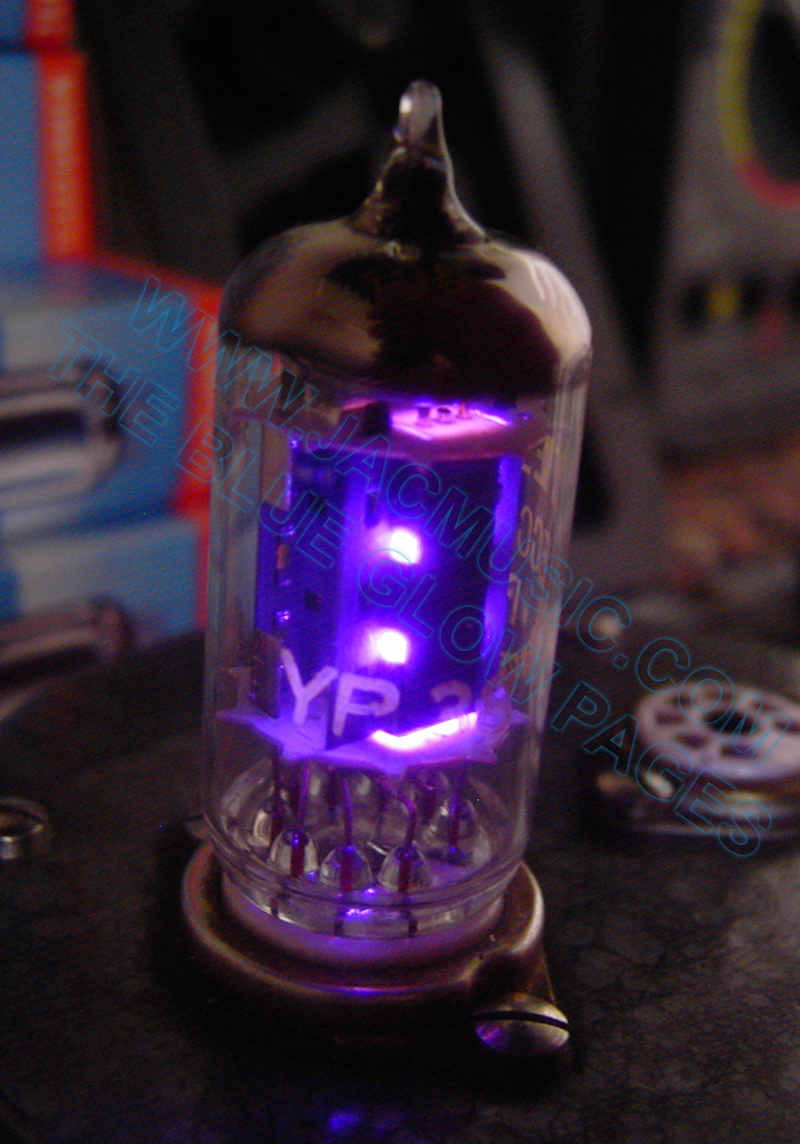True, but the bias was still running away with the new tube ...
Define "running away."
I bought an amp recently, and checked bias only as an experiment to see what was happening with another part of the amp. I used a pair of tubes in it that have sat unused a very long time. I didn't allow any warm-up or settling-in period, and the idle current of both tubes inched up a few-tenths of a mA every few seconds. I called the bias "measured" after a minute or so when the tubes had crept up maybe 3-4mA.
But that was definitely insufficient burn-in & settling time. And tubes drift anyway.
I once worked on a different amp that had a tube "running away" (to my way of thinking). With the meter in place to measure idle current, I flipped the amp off Standby. Idle current shot up within a second or two to 120mA (for the single tube) and I heard loud hum at the end of that through the speaker. I immediately powered off, tried a different tube. It didn't have the same plate current spike, just the gentle mild drift of a couple-mA. I threw the first tube in the trash.
If a tube has good contact in the socket, and the coupling cap to the grid is good, screen voltage is steady and the bias voltage reads steady... Then it's pretty easy to know the rapidly-climbing plate current is due to some internal tube defect.
Don't forget it's possible to have bad luck and replace a malfunctioning tube with another tube, also malfunctioning. I know everyone says that is "modern crap QC" (maybe it is), but I've had a bag full of old production tubes that I tried in a new build and had multiple samples I had to trash because of gas. I found others (some with the same date codes) that worked just fine.
Note there is a huge difference between "blue glow" that is the glass envelope fluorescing (1st pic below) beyond the plate structure due to stray electrons hitting the glass, and "blue glow" (or purple/pink glow; 2nd pic below) that is within the plate structure and indicative of a gassy tube. The 2nd pic shows a tube about to melt down because gas ions are defeating the effect of grid bias.
The tube in your video showed similar behavior to the 2nd picture.


